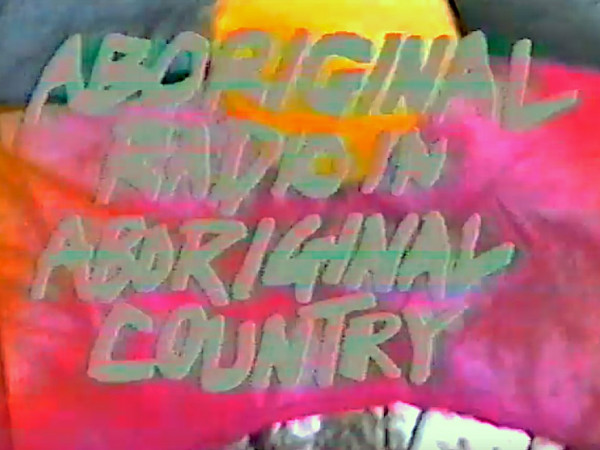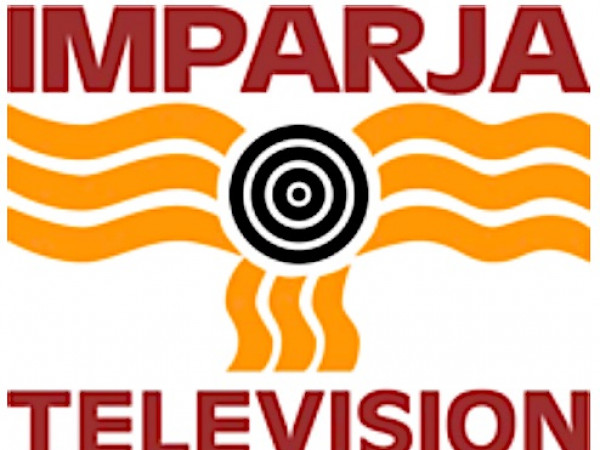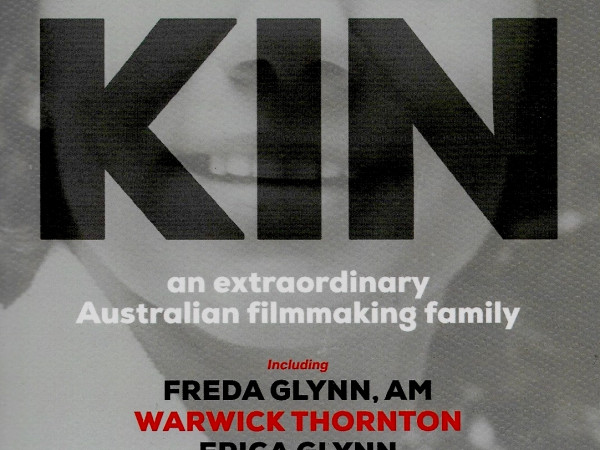Freda Glynn
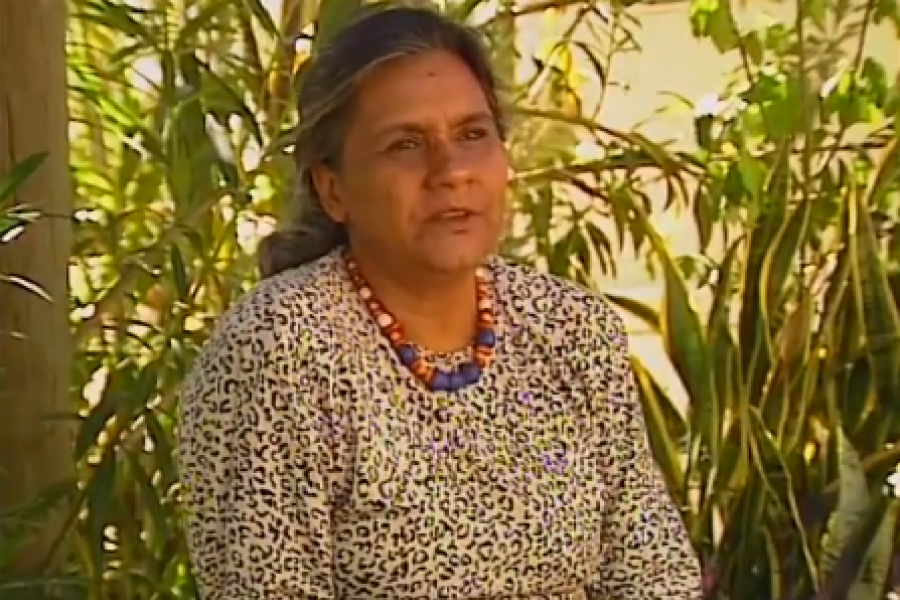
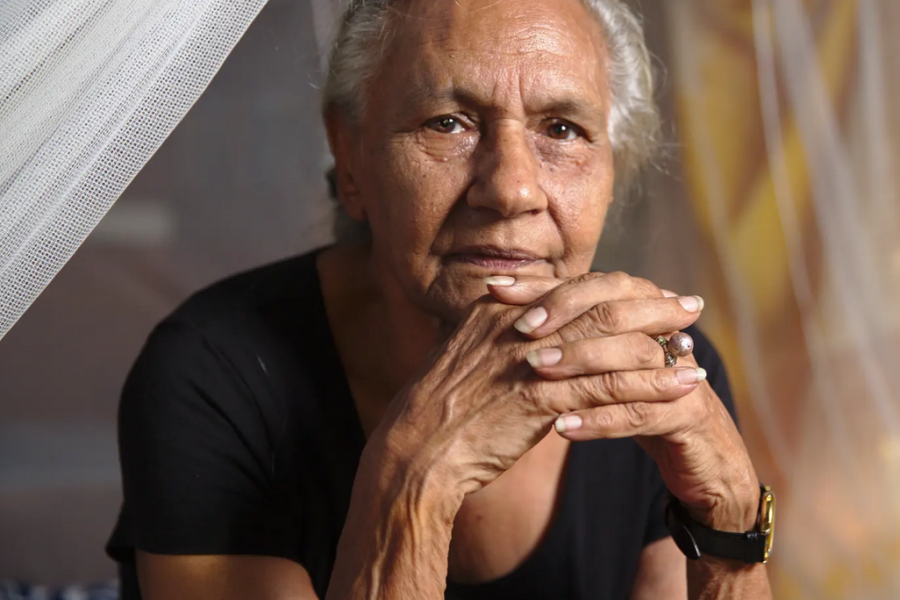
Freda Glynn is a Kaytetye woman, and the co-founder of CAAMA. She was born in 1939 at Woodgreen Station (Atartinga), 150 km north of Alice Springs. In September of the same year Freda and her sister were placed in an institution for Aboriginal children in Alice. Her mother Topsy worked as a laundress there in order to stay with her children.
During World War II, Glynn, with her mother and sister were evacuated from Alice Springs to Melbourne, then were returned to Alice Springs in 1949, when she was 10 years old, and they lived at St Mary's Hostel and she attended Alice Springs High School. After leaving school, Freda worked in a photographic studio in the darkroom; she was one of the first Aboriginal girls in Alice Springs to get a job other than as a domestic or cleaner. In 1977, after gaining a community development qualification from the South Australian Institute of Technology, she got a job as a community development adviser for the Department of Aboriginal Affairs, then in 1980 Glynn joined John Macumba and Philip Batty to make The Aboriginal Half Hour, the first Aboriginal radio program in the Northern Territory, and the start of CAAMA. In 1981 Macumba resigned as the director of CAAMA and was replaced by Freda, with Philip Batty as the deputy director; they worked together from 1981-1991.
Freda is the matriarch of a film making family and two of her children, Erica Glynn and Warwick Thornton are both successful film makers. Her granddaughter, Tanith Glynn-Maloney, produced her mother Erica Glynn's 2019 film, She Who Must Be Loved, about her grandmother.
Freda's interview is taken from excerpts from interviews with her (and Philip Batty) by Erica Glynn, in She Who Must Be Loved - Erica's 2019 film about her mother.
‘We were going to make our mob proud of themselves……’ (interview with full transcript & links)
'It was Johnny Macumba’s idea…'
'And we were going to look after our mob…'
'And that’s when I really learned how to fight…'
'It was wonderful at the time…I was doing it…'
Freda was interviewed for the film with Philip Batty, at CAAMA in Alice Springs.
There’s so much magic in that satellite – there’s so much you could do. And it’s never been used for what it was set up for.
CAAMA started in 1980, so that we could put radio broadcasts into the local stations. From there it’s been ‘go’ ever since. [see Songlines to Satellites, pp31-13]
When we first started, there wasn’t any radio programmes especially done by Aboriginal people for Aboriginal people. Historically doing the first thing was having Aboriginal language programmes on a local commercial station for half an hour a week.
Throughout Central Australia, Northern Australia and certainly in the Western Desert areas we broadcast, usually people’s first language is an Aboriginal language, and broadcasting in languages sort of overrides the complication of English. It became obvious at a very early stage that people wanted videos, and our first attempt with videos was a magazine once a month. We used to send them out to all the communities and they used to play them to death, until the colours had gone out of them…
At least what we’ve done is we’ve got ABC to do Aboriginal programming.
At the hearing we said we were going to do 8 hours a week, but there’s certainly no way in the world that we could possibly do that, with the finances that we are able to generate from the service.
Well I think that BRACS certainly is a good idea. The way that I saw them doing it, as being gatekeepers to the media that’s coming into their communities, and allowing them to switch into the programmes they thought most beneficial to the community, as well as being able to put their own little news service on daily, or what the children were doing at school that day, or what community meetings were happening, happened that day.

